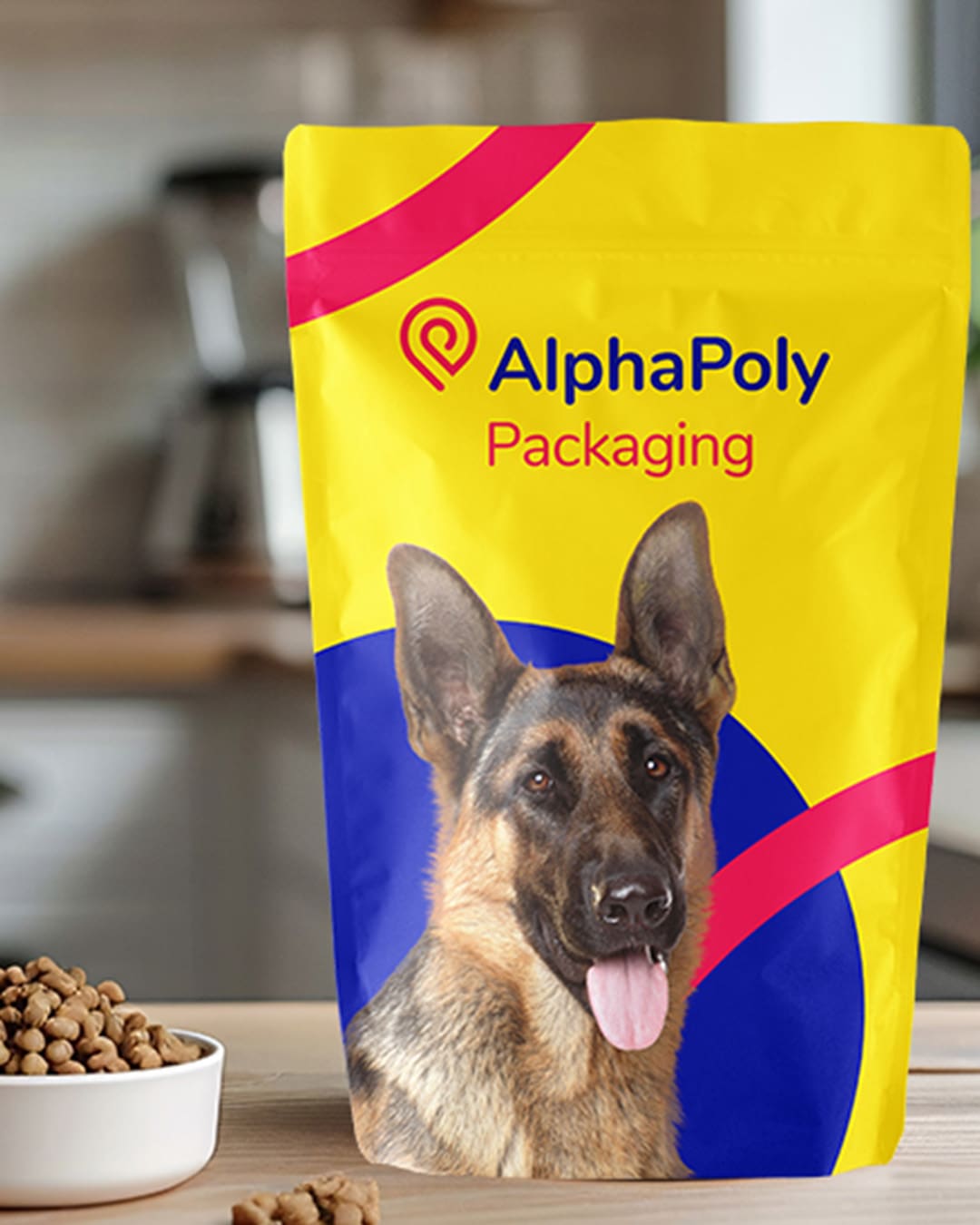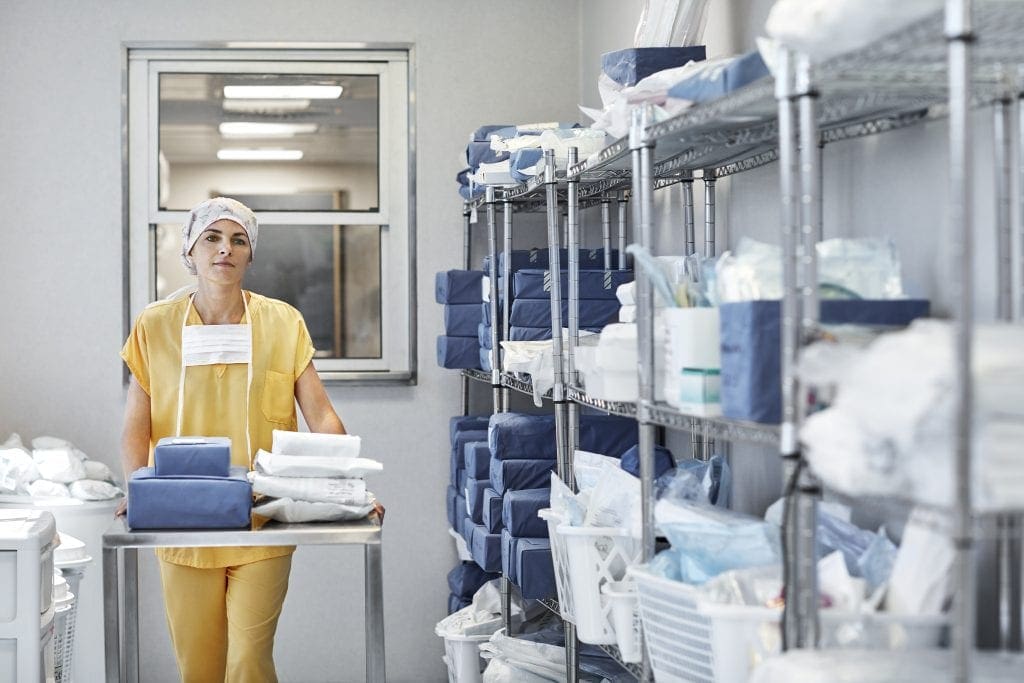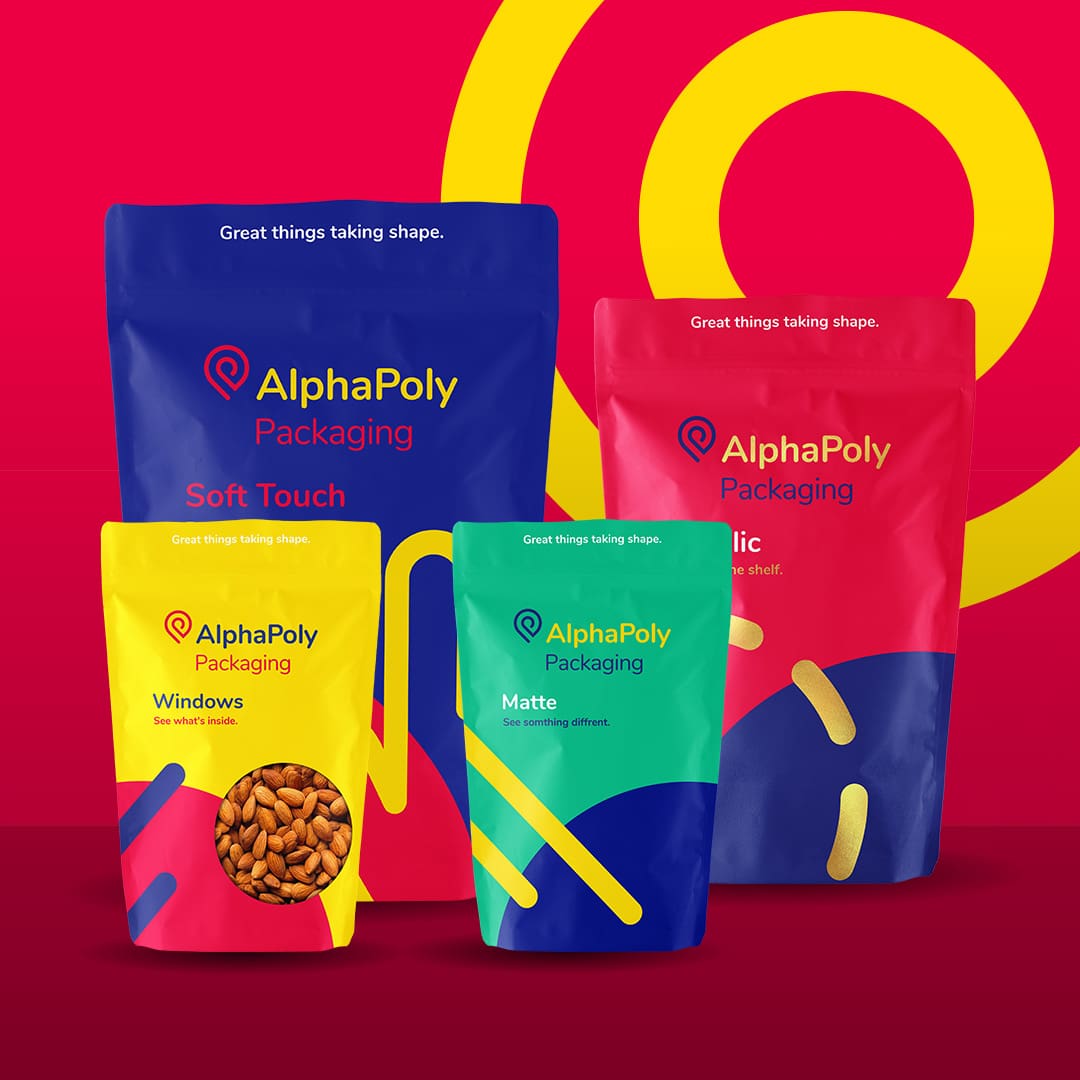As the COVID-19 pandemic enters its 7th month, personal protective equipment (PPE), continues to play a critical role as the first line of defence for both front line workers and the general public. With the supply chain issues that dominated the spring news for PPE behind them for now, manufacturers are facing new challenges and opportunities for how their products can support current and future needs for a pandemic that’s likely here to stay for a while longer.
One important way for PPE manufacturers to be proactive towards how their products are bought and used during the pandemic is to consider the packaging solutions they use. In this article, we’ll explore how elements such as multi-packing, alternative packaging, supply chain, user experience, label design, and sustainability are key considerations manufacturers need to make when thinking of how their PPE is packaged in a pandemic focused world. Let’s dig in.
1. Minimizing touch with multi-packing and bundles
In high volume healthcare environments such as hospitals, nursing homes, clinics and more the risk for COVID-19 spread is understandably greater. With workers needing to be in physical contact with patients these settings present a further challenge beyond ensuring that staff and visitors wear PPE, sanitize their hands, and follow procedures.
As Johns Hopkins University reports individual healthcare workers often need tens of masks, gloves, coverings, and other items per day. Each time they need to put on a new piece, it means going to the storage area and risking the surface-to-surface spread of the virus in a place where all staff have daily physical contact for their own PPE needs as well. Inadvertent surface-to-surface transfer after seeing a patient and changing PPE is easily conceivable. This is where packaging solutions can make an impact.
Packaging PPE in multi-packs or bundles can do a lot to reduce the number of times a worker may need to go to the storage area to take off / put on new equipment. With personal multi-packs, a worker only needs to go to the storage area once or twice in a day and otherwise has all their PPE close by and set aside just for them when they need to change it. In addition to flexible and resealable packaging options, storing PPE in a work bag or accessing reusable items (where allowed) becomes much less cumbersome.
Flexible and resealable options are especially helpful for workers in non-traditional healthcare environments that require travel, such as in-home care, or non-healthcare settings such as gyms, schools, or stores where bringing PPE with them is required.
2. Alternative packaging solutions
The early PPE shortages for items like masks and hand sanitizer seem to be easing for the general public to purchase them. However, disinfectant wipes and surface wipes are noticeably still very hard to find in stores and from suppliers.
Behind the scenes, manufacturers are facing significant shortages in the traditional hard plastic vertical canisters consumers are used to. This has led to them falling behind on generating enough supply to meet the demand and is part of the reason why shelves are empty.
Private label wipe manufacturer Rockline was willing to be creative and saw that flexible and resealable packaging offered an equally effective way to package their disinfectant wipes. They added soft packaging options to their disinfectant wipes and were quickly able to increase output and secure valuable contracts with major retailers like Walmart.
For a market that has seen a 144% increase in demand since March according to Nielsen, manufacturers everywhere need to be looking to alternative packaging solutions to capitalize on this demand. Packaging partners who offer creative solutions for flexible packaging and can become a reliable part of the supply chain are key to taking advantage of this opportunity.
3. Local supply chain planning
A tough lesson but positive long term outcome that came from the early days of sourcing PPE when the pandemic hit is that distributors and customers needed reliable and local manufacturers. The extreme shortages of PPE were driven by a world reliance on manufacturing and distribution capacity from Asian markets which were facing their own shutdowns and high demand.
Since then most governments and business communities have gone all-in on supporting homegrown PPE manufacturing to be prepared with a national/regional supply and reduce the reliance on sourcing from abroad during future virus waves. For local PPE manufacturers entrusted with public funds, it’s important to keep that trust by ensuring the supply chain used to make PPE is also local, and this extends to the packaging used.
By using local solutions for packaging, manufacturers can confidently market their products as being 100% locally made and supporting local economies. Besides, using local packaging partners also gives peace-of-mind to manufacturers that material, quality control, deliverables, supply chain and other key elements aren’t being jeopardized by partners overseas with less transparency and competing contracts.
4. Diverse user experiences
User experience is another important element of PPE packaging that is changing as a result of the COVID-19 pandemic. Until this year PPE was largely something used by select professions and industries which had experience and some level of comfort with using it. But now everyone from children to seniors are having daily experiences with PPE and the packaging it comes in plays a role in it being a positive or negative experience. These two age groups in particular present some unique challenges that packaging for PPE can help with.
For kids, multi-packs or individually packaged items can be useful for parents or caretakers who need PPE throughout daily on-the-go activities. Also, kids need to be able open and access PPE themselves and different finishing options like perforated tabs can make it easier for small hands to open or flexible options for easy transport in a school bag. Similarly, for seniors, challenges exist with needing packaging options that make opening PPE easier for those with reduced strength or joint problems.
5.Label design for usability
Similar to considerations for accessing and opening PPE by different user groups, COVID-19 is also changing how packaging label design needs to be thought of for it. Now that the entire public is using PPE on a daily basis, effective label design is critical for delivering important information and increasingly branding as well.
Today manufacturers need to think of designing labels to consider text size, instructions, certifications, locally made marks, materials, recycling instructions, official languages, disabilities and many more elements that need to be easily read and understood by a diverse group. Having a packaging partner that understands label design and pre-press set up can make a big impact on doing it right the first time.
Beyond reading and comprehension challenges presented by different user groups, branding is also playing an increasingly important role in PPE packaging. What was once an ambiguous and practical product category that didn’t need much branding, is now a highly competitive market where needing to stand out to distributors and end consumers is important. Also with new PPE entrants coming from large and established marketing-heavy brands, branding benchmarks will continue to be elevated for all manufacturers.
6. Reducing environmental impact
One of the biggest challenges exposed by COVID-19 is the amount of trash created by single-use PPE. By design single-use PPE is meant to be thrown out for it to be effective and prevent virus spread – that’s inevitable and unavoidable for the most part. While manufacturers look for new ways to make PPE from sustainable materials, that packaging it comes in is already available in countless environmentally friendly options.
Responsible brands can make the switch to sustainable packaging and start the process of reducing the trash impact that their product has. Besides, using sustainable packaging also gives brands a small branding opportunity to market their product as partly or fully sustainably made which can make a difference in a now highly competitive market. Also discussed earlier, effective label design can play an important role in encouraging recycling when applicable.
Your PPE packaging partner
COVID-19 has undoubtedly changed the world of many businesses for years to come and while some industries may see more success than others, all are forced to adapt their products and services to a new reality to survive. For PPE manufacturers the opportunities are plentiful and obvious but rethinking how things like product packaging will change is critical to seeing success in a now highly competitive market.
At AlphaPoly we offer our clients a reliable partnership for their packaging solutions that draw on more than 30 years of industry experience and knowledge. We pride ourselves on being nimble and responsive to our clients’ needs and we offer a wide variety of traditional and sustainable packaging options that are tailor-made for our clients’ industries.
Find out how AlphaPoly can elevate your brand today, contact us to learn more.





